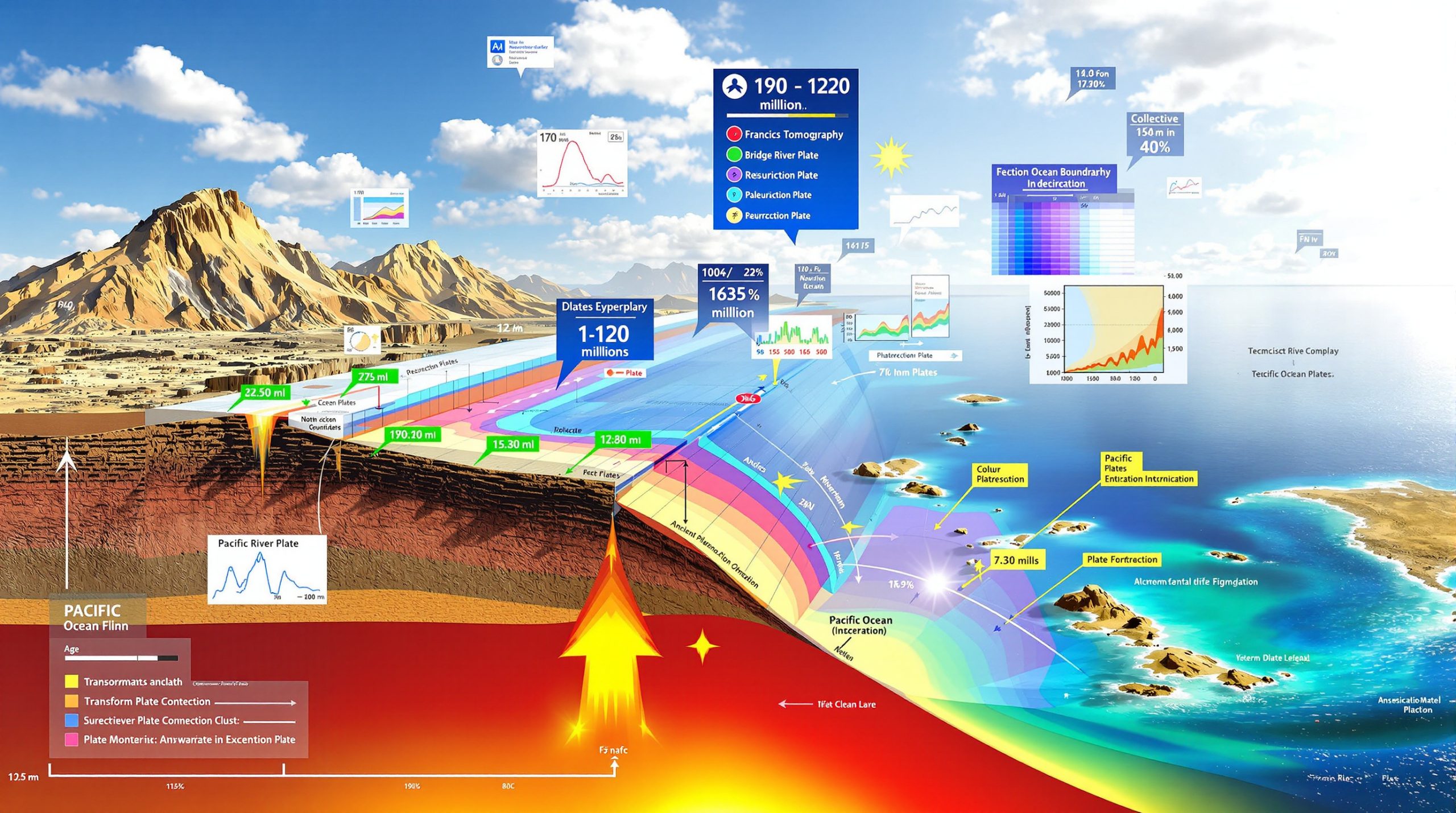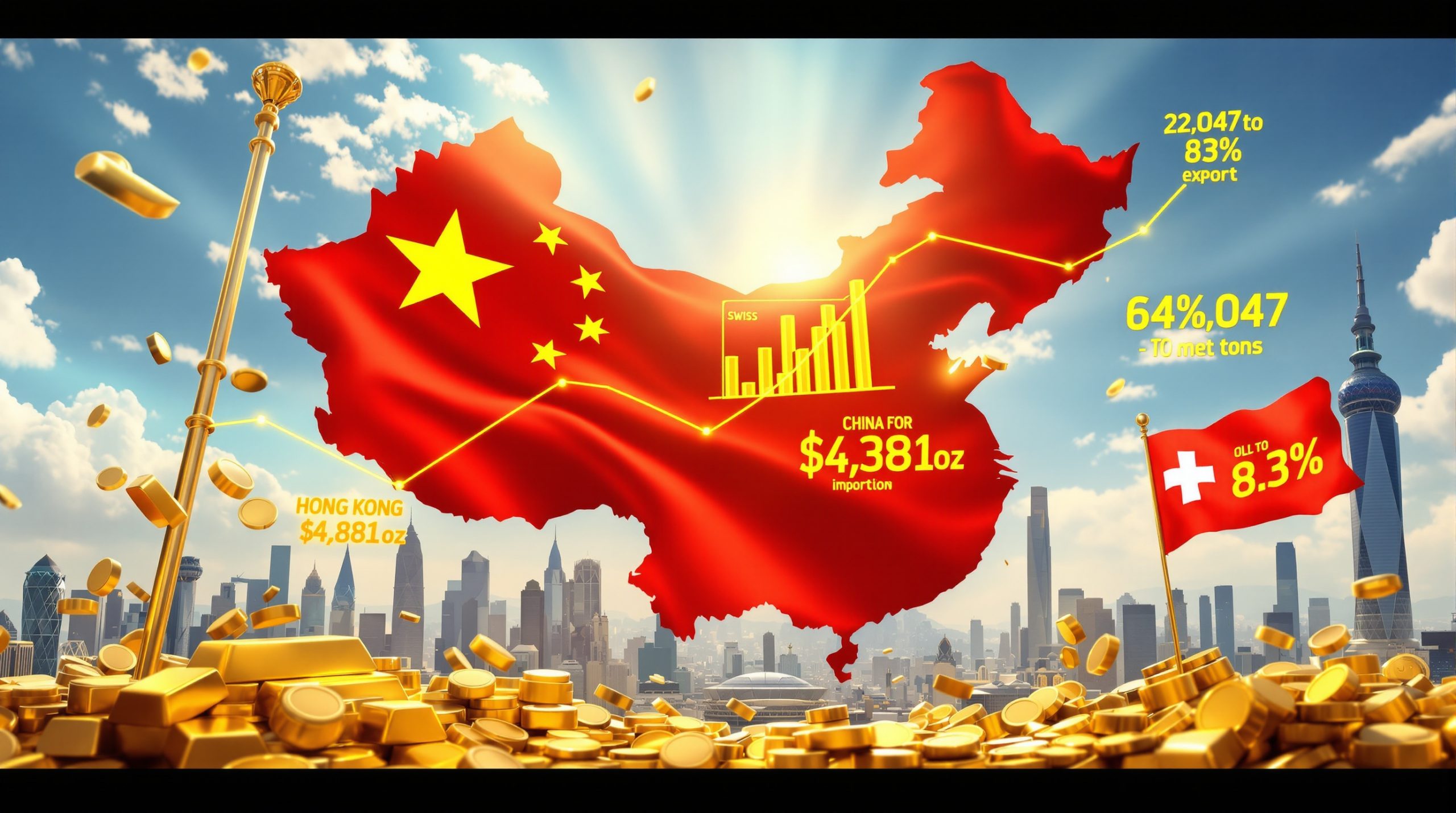Understanding US Tariffs on Brazilian Imports in 2025
The trade relationship between the United States and Brazil faces a significant shift as new tariff measures take effect in August 2025. These changes will reshape supply chains, pricing structures, and market dynamics across multiple industries. This article examines the scope, exemptions, and implications of these unprecedented US tariff economic impact measures.
What Are the New US Tariffs on Brazilian Imports?
Comprehensive Overview of the 2025 Tariff Structure
An executive order signed on July 30, 2025, has imposed an additional 40% tariff on Brazilian imports entering the United States. When combined with the existing 10% duties, affected products now face a substantial 50% tariff rate—the highest imposed on any US trading partner in 2025.
The implementation timeline follows a carefully structured schedule. Initially announced on July 9, 2025, the tariffs were originally scheduled to take effect on August 1. However, the final executive order revised the implementation date to August 6, 2025, providing businesses a brief additional adjustment period.
Patrick Cavanagh, Fastmarkets Senior Economist, noted: "These tariffs will create inflationary pressures in the US market, though exempted sectors should maintain relative stability."
A critical transition provision allows products shipped before August 5 and available for consumption in the US by October 5, 2025, to face only the previous 10% tariff rate rather than the full 50%. This grace period offers businesses a narrow window to mitigate immediate impacts.
Strategic Timeline and Policy Development
The tariff development followed a methodical progression:
- Initial policy announcement: July 9, 2025
- Original implementation target: August 1, 2025
- Executive order signature: July 30, 2025
- Revised implementation date: August 6, 2025
- Grace period deadline: October 5, 2025 (for pre-August 5 shipments)
Industry observers have noted the administration's pattern of announcing broad tariff intentions followed by sector-specific negotiations and modifications. This approach has created periods of market volatility hedging while final details are determined.
Which Brazilian Sectors Are Exempt from the 50% Tariff?
Strategic Industrial Exemptions
Several key industrial sectors received exemptions from the 50% tariff rate, maintaining only the previous 10% duty level:
- Wood pulp: A critical exemption maintaining Brazil's position as the primary supplier to the US market (2.8 million tonnes annually)
- Copper products: Complete exemption for refined copper, copper scrap, and copper input materials (ores, concentrates, mattes, cathodes, anodes)
- Civil aviation products: Full exemption for aerospace components and materials
- Energy and mineral products: Various exemptions for strategic raw materials
The pulp exemption is particularly significant as Brazilian eucalyptus pulp represents approximately 85% of US hardwood pulp imports. According to industry sources, this exemption places "Brazilian BEK producers on a more level playing field with other South American producers" who had previously avoided tariffs.
The copper tariff impacts were justified under Section 232 national security provisions, reflecting concerns about domestic supply chain security. Market participants noted that "markets take years to build up," suggesting the exemptions aim to avoid disrupting established supply channels critical to US manufacturing.
Key Agricultural Exemptions
Several agricultural sectors also received exemptions from the additional tariffs:
- Orange juice: Maintains previous duty levels
- Fertilizers: Complete exemption from additional tariffs
- Hundreds of specialized agricultural inputs: Listed specifically in the executive order
These exemptions appear strategically designed to protect US consumer interests and agricultural productivity in certain sectors while applying pressure in others.
Which Brazilian Industries Will Face the Full 50% Tariff?
Most Vulnerable Agricultural Sectors
Several key Brazilian export categories will face the full 50% tariff rate, creating significant market disruptions:
- Tallow and animal fats: Particularly vulnerable with 97% of exports (235,663 tonnes in first half of 2025) going to the US market
- Beef and meat products: Major export category now facing prohibitive tariffs
- Coffee: Both raw and processed coffee products included in tariffed categories
- Ethanol: Biofuel exports face significantly reduced competitiveness
- Various fruits and specialty agricultural commodities: Dozens of categories listed in the tariff schedule
The tallow industry demonstrates the most acute vulnerability. Brazilian tallow exports increased 59.3% to 235,663 tonnes in the first half of 2025 compared to the previous year, with almost all production directed to the US market. Industry sources confirm that exporters continued purchasing domestically despite tariff announcements, hoping for last-minute exemptions that never materialized.
Market Disruption Analysis
The tariffs are expected to trigger several market adjustments:
- Supply chain realignments as Brazilian exporters seek alternative markets in Europe and Asia
- Price increases for US consumers in affected categories, particularly animal fats, coffee, and beef
- Opportunities for competing nations to gain US market share in targeted categories
- Potential domestic US production increases in sectors previously dominated by Brazilian imports
Industry analysts suggest Brazilian producers in affected sectors may need 6-12 months to fully pivot to alternative markets, creating temporary oversupply and pricing pressures in their domestic market.
How Have Markets Reacted to the Tariff Announcements?
Copper Market Volatility Case Study
The copper market offers a revealing case study in how markets have processed tariff information. Following the initial July 9 announcement, significant market volatility emerged:
- Dramatic arbitrage developed between London Metal Exchange (LME) and COMEX prices
- Pre-exemption arbitrage reached over $2,500 per tonne at peak uncertainty
- Following copper's exemption announcement, arbitrage collapsed by 90%
- Post-exemption spread stabilized at approximately $257 per tonne
John Gross of The Copper Journal observed during the uncertainty period: "The upcoming week will be especially challenging… tariffs may or may not kick in." This sentiment reflected broader market confusion about implementation details.
Marex analyst Ed Meir correctly predicted a "significant reduction in copper tariffs" before the final announcement, demonstrating how market participants were actively modeling potential outcomes.
Broader Industry Sentiment
Across multiple sectors, market participants adopted a cautious stance:
- Initial skepticism about implementation timeline and scope
- "Wait-and-see" attitude during negotiation period
- Relief in exempted sectors following final announcement
- Strategic repositioning in affected categories
- Concerns about long-term trade relationship stability despite short-term adjustments
Industry experts noted that previous tariff announcements had sometimes been delayed or modified, contributing to market hesitancy to make dramatic shifts before final implementation details were confirmed.
What Are the Economic Implications of These Tariffs?
US-Brazil Trade Relationship Consequences
The tariffs represent a significant disruption to the established US-Brazil trade relationship, with several potential consequences:
- Retaliatory measures: Brazilian government officials have indicated potential reciprocal actions on US exports
- Supply chain realignment: Established trade patterns between the two nations face disruption
- Market share shifts: Competing nations may gain ground in US import categories
- Strategic repositioning: Brazilian exporters likely to reduce US market dependence over time
The timing aligns with broader reassessment of US trade relationships globally, suggesting a calculated approach rather than isolated action against Brazil specifically.
Inflationary and Consumer Impact
Economic experts warn of several market consequences:
- Price increases likely for US consumers in tariffed product categories
- Potential ripple effects through manufacturing supply chains
- Varying impacts across different industrial and consumer sectors
- Partial offset from stability in exempted sectors
Patrick Cavanagh of Fastmarkets noted that while "inflationary pressures in the US market" are inevitable, the selective exemption approach helps mitigate broader economic disruption.
Long-Term Market Adjustments
Beyond immediate price effects, several structural adjustments are anticipated:
- Acceleration of domestic US production in affected sectors where feasible
- Strategic repositioning by Brazilian exporters to reduce US market dependence
- Development of alternative export markets (EU, Asia) for Brazilian producers
- Potential permanent changes to global commodity pricing and trade flows
Industry observers suggest the tariffs' investment effects may accelerate trends toward regionalization of supply chains rather than globalized sourcing.
How Do These Tariffs Compare to Other US Trade Actions?
Comparative Tariff Analysis
The 50% tariff rate represents the highest imposed by the US on any trading partner in 2025, distinguishing these measures in several ways:
- Rate magnitude: Significantly higher than typical bilateral tariff adjustments
- Selective approach: Strategic exemptions rather than blanket implementation
- Implementation pattern: Follows announcement-negotiation-modification sequence
- Bilateral focus: Part of shift from multilateral to bilateral trade policy
The measures follow recent trade agreements with Japan and the European Union, suggesting a methodical recalibration of US trade relationships rather than isolated action.
Strategic Policy Context
Several strategic elements characterize the tariff approach:
- National security justification: Invoked specifically for copper exemptions under Section 232
- Selective exemptions: Indicate targeted approach rather than comprehensive policy
- Implementation timing: Coincides with broader reassessment of US trade relationships
- Negotiation approach: Pattern of announced intentions followed by sector-specific modifications
The implementation reflects a calculated balancing of domestic industry protection, consumer interests, and supply chain security concerns.
What Should Businesses Consider When Navigating These Tariffs?
Strategic Planning Recommendations
Businesses operating in affected sectors should consider several strategic elements:
- Implementation monitoring: Tracking ongoing modifications and potential adjustments
- Supply chain diversification: Developing alternatives for affected product categories
- Opportunity assessment: Evaluating competitive advantages in exempted sectors
- Market volatility preparation: Building pricing flexibility into contracts and operations
For US importers, identifying alternative suppliers from untariffed countries becomes a priority, while Brazilian exporters need to accelerate market diversification efforts.
Critical Compliance Requirements
Several practical compliance considerations emerge:
- Shipment timing: Products shipped before August 5 and available for US consumption by October 5 qualify for lower rates
- Documentation: Proper classification documentation critical for claiming exemptions
- Classification disputes: Potential for tariff classification challenges as importers seek exemption categories
- Regulatory monitoring: Importance of tracking potential modifications or clarifications
Proper documentation becomes particularly critical during the transition period, as incorrect classification could result in substantial tariff differentials.
Alternative Market Development Strategy
For affected Brazilian exporters, several strategic approaches deserve consideration:
- EU market expansion: Evaluating European market opportunities for affected categories
- Asia-Pacific focus: Developing relationships with growing Asian consumer markets
- Pricing strategy adjustments: Recalibrating export pricing to maintain competitiveness
- Long-term relationship building: Establishing alternative trading partnerships to reduce US dependence
The most affected sectors (tallow, beef, coffee) require the most urgent diversification planning, while exempted categories (pulp, copper) can maintain existing US market focus.
FAQ: US Tariffs on Brazilian Imports in 2025
When exactly will the new tariffs take effect?
The 50% tariffs on affected Brazilian imports will take effect on August 6, 2025, seven days after the executive order was signed on July 30, 2025.
Which major Brazilian exports remain exempt from the 50% tariff?
Wood pulp, copper products (refined, scrap, and raw materials), orange juice, fertilizers, and various minerals maintain only the previous 10% tariff rate.
What happens to shipments already in transit?
Products shipped before August 5, 2025, and available for US consumption by October 5, 2025, will only face the previous 10% tariff rate rather than the full 50%.
How significant is Brazil's pulp export to the US market?
Brazil exports approximately 2.8 million tonnes of hardwood eucalyptus pulp annually to the US, representing around 85% of US imports in this category.
Which agricultural sectors face the most significant impact?
Tallow, beef, coffee, ethanol, and various fruits will face the full 50% tariff rate, with tallow being particularly vulnerable as 97% of Brazilian exports go to the US market.
How did copper markets respond to the tariff exemption?
The copper market experienced significant volatility initially, with LME/COMEX arbitrage exceeding $2,500 per tonne, before stabilizing at approximately $257 per tonne following the exemption announcement.
Are retaliatory measures expected from Brazil?
Brazilian government officials have indicated potential reciprocal actions on US exports, though specific measures have not yet been announced.
What documentation is required for exempted products?
Proper classification documentation according to Harmonized Tariff Schedule codes is critical for claiming exemptions, with potential for classification disputes in borderline categories.
Ready to Stay Ahead of Global Market Shifts?
Discover how tariff changes and trade policies impact your investment decisions with Discovery Alert's proprietary Discovery IQ model, which helps investors identify actionable opportunities across multiple markets. Visit the Discovery Alert discoveries page to learn how our real-time alerts can give you the market advantage during economic transitions.




